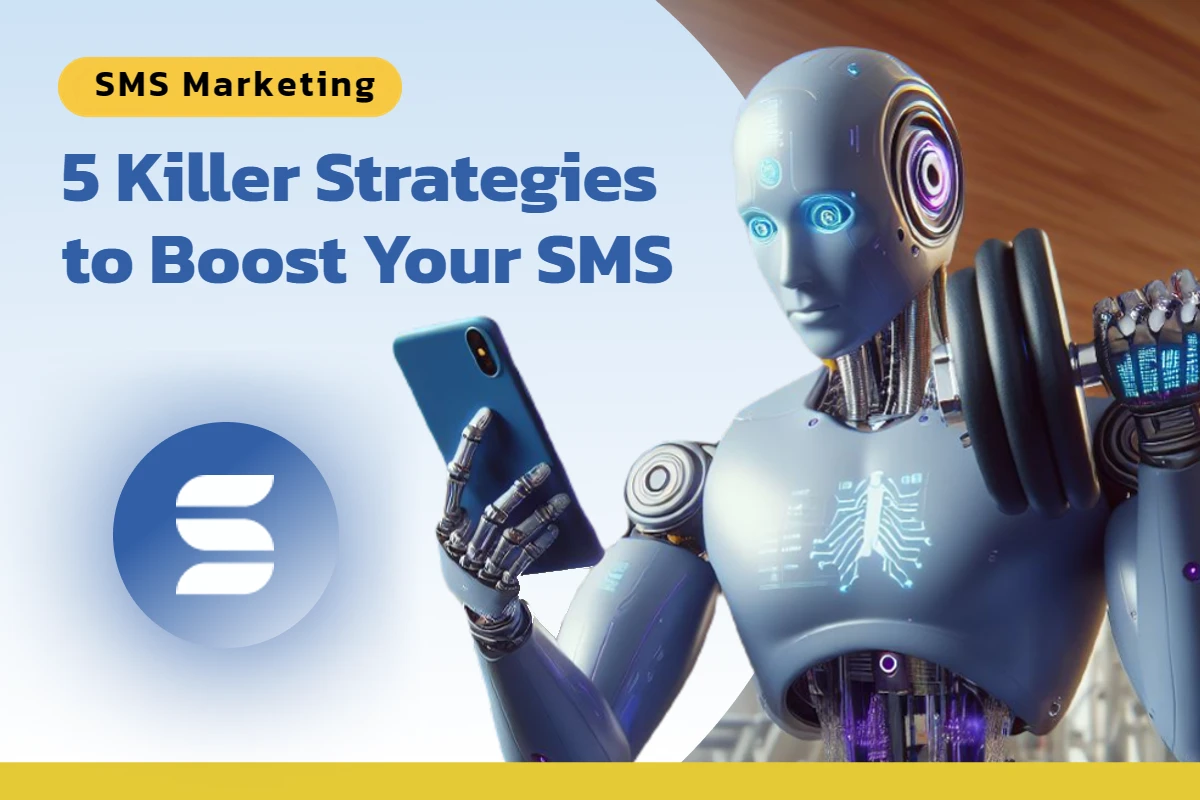
Do you still run your mortgage lead management system with Excel spreadsheets?
It is time for an update.
Gone are the days where you can spend the time sorting through spreadsheets to manage your leads. Just consider all your lead sources and all the ways to contact those leads. If you still live with this reality and you have hair, both will be short-lived.
Luckily, there are great options to consider to upgrade your spreadsheet or enhance your lead management software to streamline your leads.
But, before we get too far, let’s define lead management, the below is from MarTech Advisor :
Lead management is defined as the methodology, process, and software used to reach prospective customers and convert them into buyers using targeted sales and marketing strategies.
Now that we’ve defined our baseline definition, now let’s dig into the 3 Ways better lead management can help you make more mortgage sales.
We’ve touched on ways to drive more leads and how video impacts mortgage marketing in our previous posts. So, we’ll dig into lead management steps after the marketing effort, below:
👉 Read our FREE resource “The Definitive Guide to Mortgage Lead Generation in 2020”
The Data Debacle
Data is the lifeblood of any lead management solution. Yes, as a loan officer or mortgage broker your referral partners are very important. But, those relationships take time to nurture and, frankly, sometimes there are just not enough to fill your pipeline.
In order to have a balanced lead flow to project your expected revenues, you need minimal ebbs and flows in your opportunities, which means you have to have diversity in your lead acquisition methods.
Do you pay to get leads?
Have you tried to become best friends with your local divorce lawyer?
If you choose to purchase mortgage leads from sources like SalesGenie or LendingTree there are targeting options available to ensure you get a list of leads similar to your top customers. Then, all you have to do is add them to your lead system and dig in. This is a great way to get a large set of new data to add to your funnel.
There are many ways to acquire data, what works for your neighbor may not necessarily work for your business. We’re not here to say one way is better than the others. But, we certainly believe mortgage loan officers have to decide which sources make the most sense for your business.
Once you determine where you’re going to get your data, you then need to focus on its cleanliness.
Based on an Ascend2Data study:
“35 percent of those surveyed said the biggest barrier to lead generation success is the lack of quality data.”
But, you need quality data. What should you do?
First, you must have clear goals for your data. You must define expectations and roles. Data entry cannot be pawned off to an intern to handle without a clear context around the organizational expectations. Data entry without a clear strategy is also known as “dirty” data.
👉 Read our FREE ebook “Using Technology to Generate More Mortgage Leads”
Dirty data can be things like duplicate or outdated content, bad security practices, incomplete or inaccurate data, or just too much of it. It can lead to misguided decision making that not only directly impacts your success but also could have industry ramifications.
Buyer Personas
Understanding what your Buyer Persona, your ideal customer, looks like is hugely important.
We like this quote we first saw on a post by Neil Patel:
“Understanding who your customers are and, in turn, what they like, will undoubtedly enable you to increase conversions and sales. Make it easy for your customers to share their data with you, and use that data to keep them engaged with your business,” says Josh George, a senior applications engineer at Lyons Consulting Group.
The persona of your ideal customers should include aspects like their demographics, their habits, their income levels, and even their education background. Now, we understand you may not have all of that information handy for each of your customers but you can certainly pool what you know about your top ten best customers to provide a high-level perspective.
Once you have that information it is a best practice to build an actual persona of that customer. You should name the persona, call it something like – Harry the Home Buyer. Or Charlotte the Customer. Something that you can embrace and have your entire company understand.
Add a face to the customer. If your buyer persona is male with a median age of 35 find a picture of a male that fits that mold and put it on the persona.
You should rally around Harry or Charlotte, they should be mentioned in all of your meetings and refined as you learn more about your audience.
Improve Engagement
Once you have your personas created and you know who your customers are it is time to categorize them. Categorizing your leads allows you to prioritize them to ensure you’re spending your time wisely.
Categorize Your Leads
The effort to categorize your leads is as important as the effort to set up your data hygiene effectively. They both carry large consequences if done poorly. For instance, if you misclassify a lead you could be missing out on a prime opportunity or worse, you could be spending your time calling on leads that have no possibility of converting with you.
There are a few questions to ask yourself to start the categorizing journey:
- Is the lead you have a decision-maker
- Has a timeline been identified
- Is a budget provided
- Have they expressed a precise need
Answers to these questions will tell you how likely it is that the lead is going to do business, now you just have to work with them to ensure they do business with you. You can also spend your time on a lead like this one rather than spinning your wheels with leads that lack a timeline or budgets.
The common classification for leads is to either call them Warm or Cold. Others have set up a system to identify leads as either A, B, C, or D. Regardless of how you define them, classifying them into a system will not only save your time it will save you significant money as well.
Lead Follow-Up
As we detailed in our Speed to Lead post, how quickly you respond to your leads greatly dictates the success of that lead. We know from our experience in the real estate market you’re more than 21 times more likely to convert your lead if you respond within the two minutes after they submit their online form.
Think about it. If someone is on your website filling out a form – do you think they want to wait to get their answer?
Some of the top mortgage lenders follow up with leads up to 18 times in the first two weeks with a mixture of phone calls and emails.
Do you have the time to follow-up that many times? Do you have an automated system in place to even come close?
One thing is for certain if your leads have to wait you’re going to lose out.
Whether you choose a mortgage marketing automation solution like Jungo or Whiteboard to automate your responses. Or choose to look at call centers to pick up the phone when your leads call. You’ve got to be proactive to reach out and connect because it is likely your lead will forget about you just as quickly as they hit submit on the button on your website.
The Structurely Follow-up
We’ve built a conversational AI solution to not only respond to your lead within two minutes but also nurture and qualify the lead with empathy and humanlike tendencies.
Our solution, Aisa Holmes, is built to do the hard work to qualify your leads to help them get their loans. With optional custom scripts and integrations to most CRM’s, our 24/7/365 automated responses deliver opportunities over 57% of the time.
There are other ways to follow up with your leads and develop a lead follow-up cadence. Regardless of the option you choose, your efforts to contact your leads need to be well thought out and precise in order to put your best foot forward. Think about how your brand is perceived and how conversational it is. Especially during these times is it important to provide empathy with your communications.
Certainly, there are other ways to enhance your lead management process with technology, which we’ve covered in Leveraging Mortgage Technology to Drive Leads. Those options are great additions to the lead management methodology, yet each requires that you’ve first defined your data hygiene, lead categorization, and your robust lead follow-up system.


